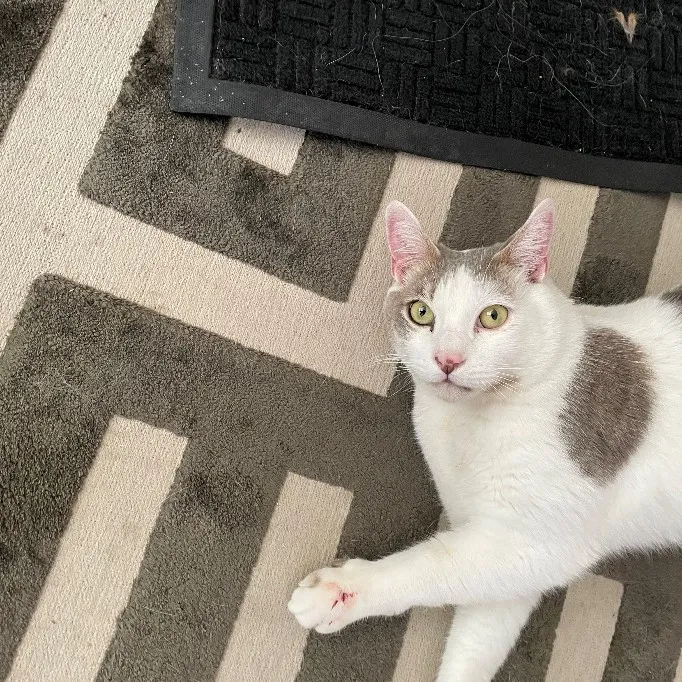Blog by Brenda Altman
Snugs came into the house one afternoon with a boo-boo on his left paw. There was a speck of blood, but it turned out to be nothing. Since he was already in my hands, I started to groom him and found these small seeds attached to his body! Snugs, the gardener, is spreading seeds to new locations! Plants have been doing this for millions of years, developing methods to reproduce in new areas. Some plants develop sticky Velcro® on their seed pods, or some develop spurs like some grasses. Still others get wings like milkweed. Plants are smart since they find ways to exploit their environment by using wind, rain, animals, and even people who work for them.

Seeds with bursts on the comb and lawn burweed can cling to people, animals, or other material.
Plant evolution with seeds developed some 250 million years ago. Humanoids just came into existence 2.5 million years ago. This gives plants an evolutionary survival head start. You can learn from plants if you slow down and observe them. What is Velcro®? One side has a rough side with little grabbing ridges, and the other side has tightly packed filament fibers. Once in contact, the two sides cling to each other. Plants put Velcro®-like ridges on their seeds to cling to animal fur or your socks or pants.
Other plant structures that plants have developed for locomotion are vines. Squash, cucumbers, melons, and other plants develop vines in hopes that the vines will cling to some object to help support the weight of the fruit. In gardening, I encourage the clinging vines to grow on a lattice by doing so I can support more fruit and give room to encourage more fruit to grow. Plants are smart. Plants can fly, they book passage for their seeds in birds’ stomach, when the birds poop, out comes the seeds with manure. That is genius.
Two factors that really set the plant evolution going were the development of seeds and the development of flowers. Again, let us give plants some kudos of getting pollinators (mostly insects) to work for them. Some plants survive because of only one pollinator, but most are generalists; they really do not care who fertilizes them.
Survival is tough, so nature tries to take advantage of the environment. Plants and pollinators coordinate the blooms with pollinators hatching.
Next time you are out in your garden, take time to really look at the innovative structures that plants have developed. You just might get inspiration for an invention like Velcro®.
For further reading:
“Plants evolved complexity in two bursts-with a 250-million-year hiatus.”
Stanford University https://sustainability.stanford.edu
“The Magic of Seed Dispersal,” Craig Mattson, Schiltz Audubon, https://schlitzaudubon.org

